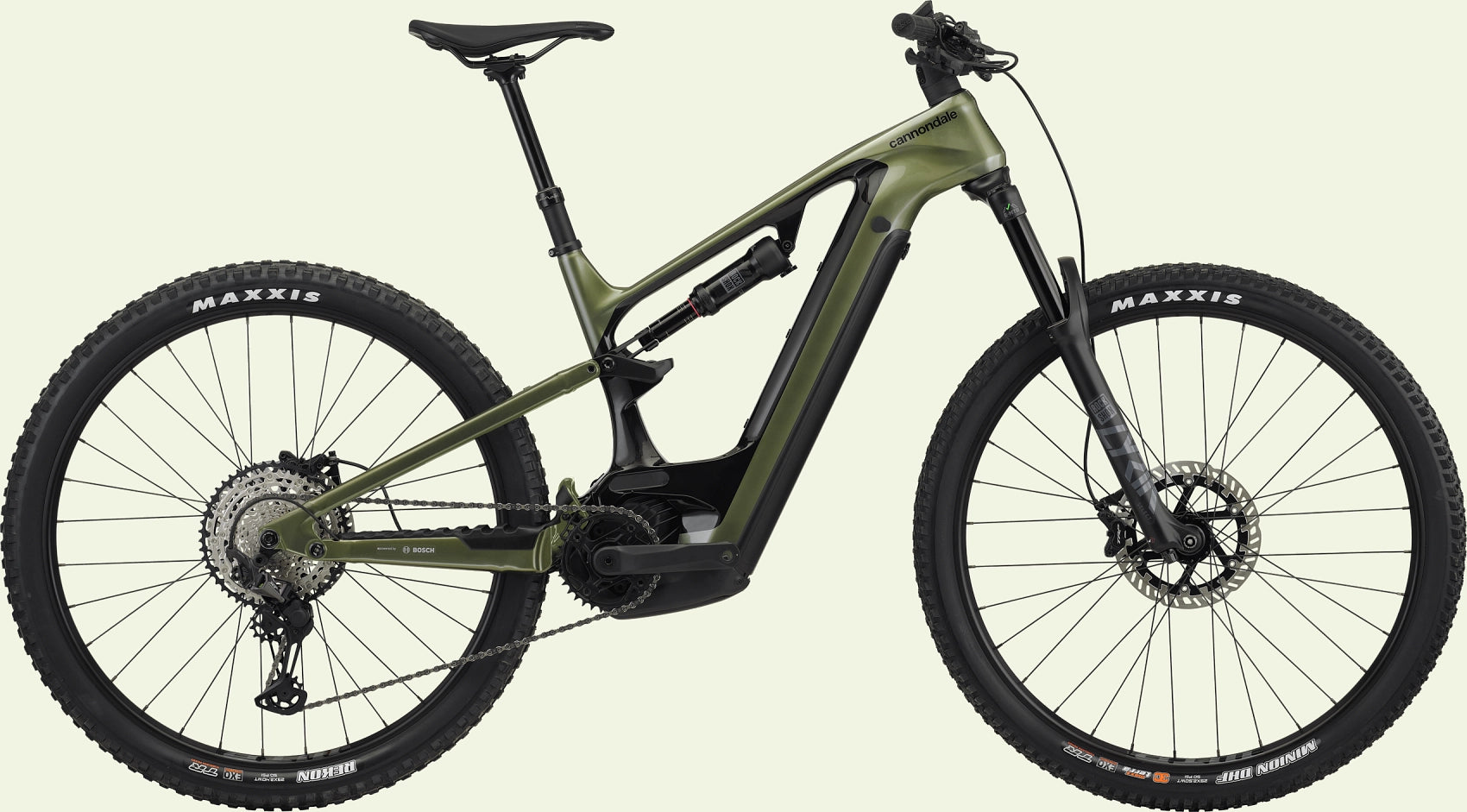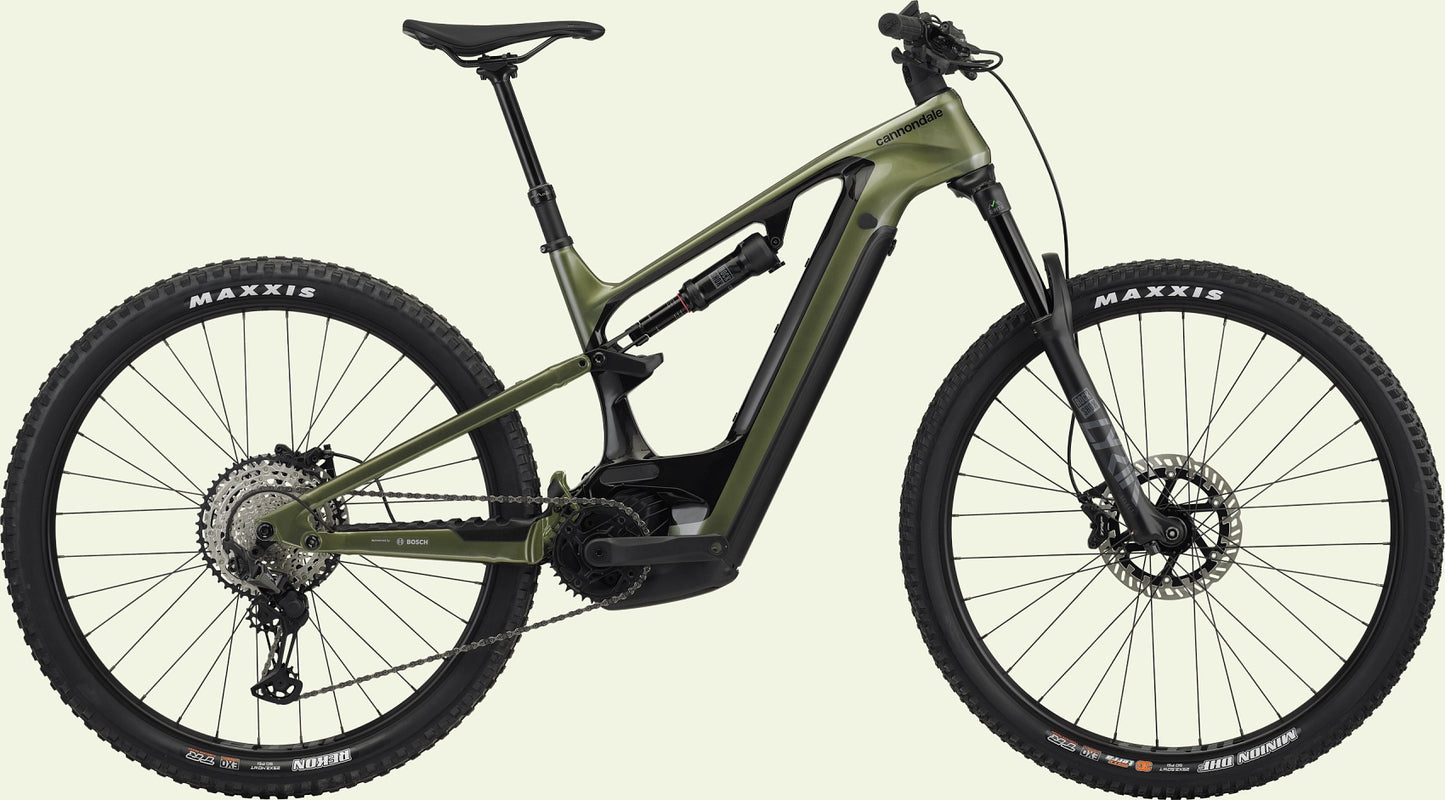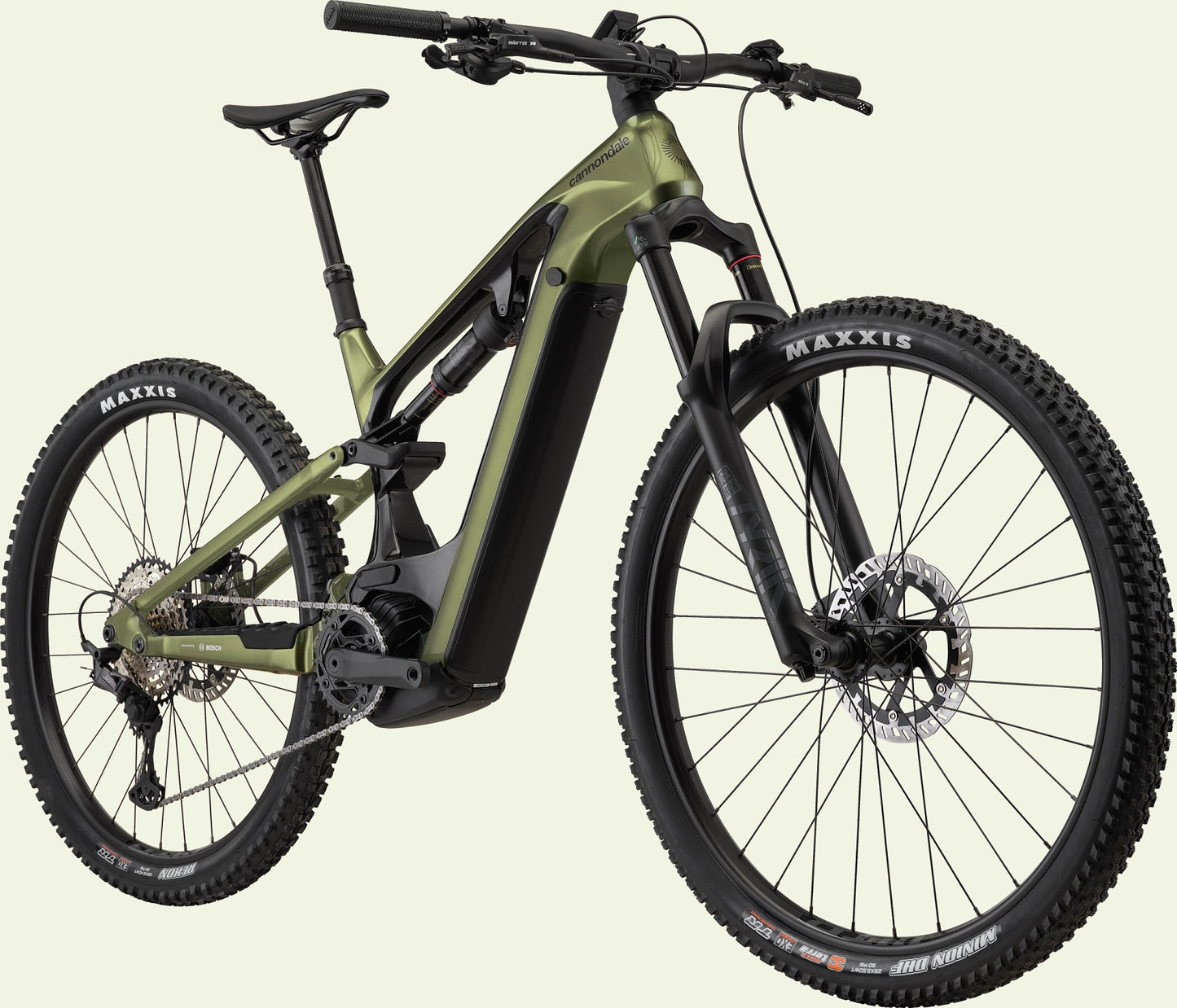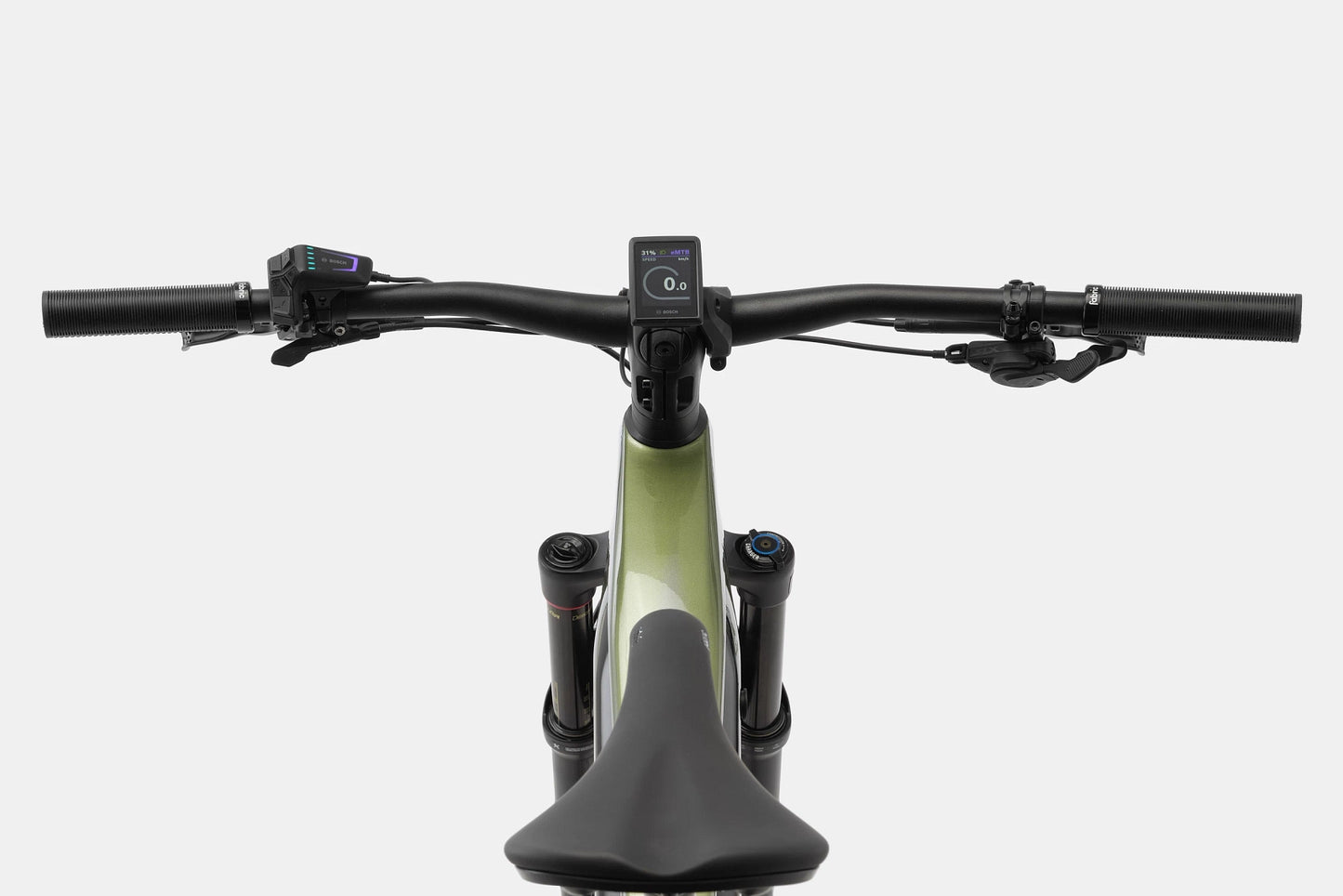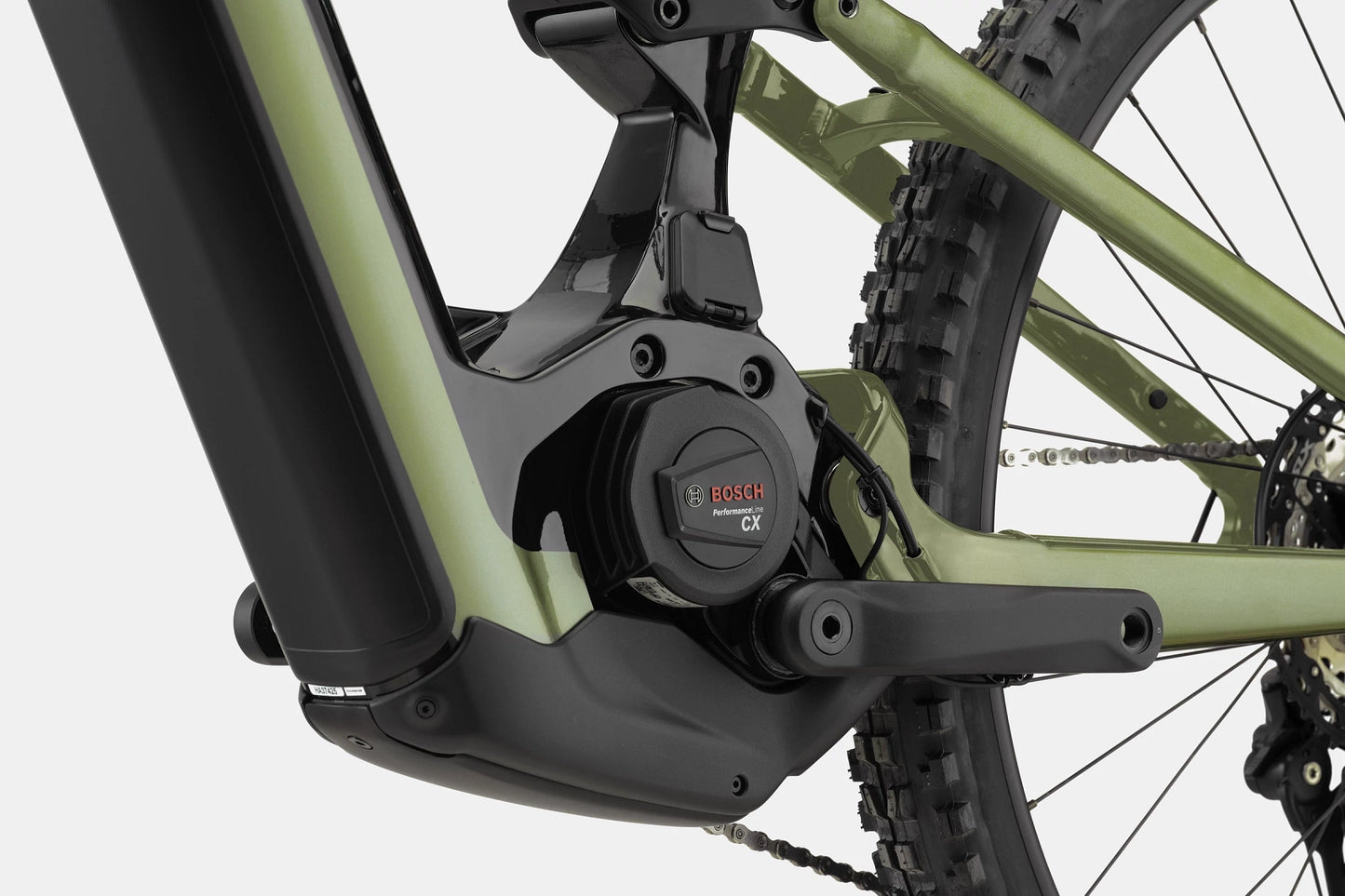What Is an Enduro Bike?

Think of an enduro bike as the ultimate all-mountain machine — the love child of a trail bike and a downhill rig. It’s built for riders who climb to the top under their own power but live for the descent. With around 150 to 180 millimetres of suspension travel, slack geometry, and a frame that can take serious punishment, an enduro bike is your ticket to tackling steep, technical, and rowdy terrain without needing a lift pass.
Enduro bikes aren’t as light or efficient as cross-country bikes, but they can still pedal uphill surprisingly well. Their real magic happens when the trail points down — big drops, fast berms, root gardens, and rock rolls are their playground. If your idea of a good time is chasing gravity through rough terrain, an enduro bike is what you want between your legs.
How to Choose the Right Enduro Bike

Choosing an enduro bike isn’t about finding the flashiest paint job or biggest travel number. It’s about matching the bike to how and where you ride.
Start with suspension travel. Around 160 to 170 millimetres in the front and 150 to 165 millimetres in the rear hits the sweet spot for most riders. That’s enough to eat up the hits but still pedal efficiently on long climbs. The suspension design also matters — virtual pivot and counter-rotating link systems are among the most balanced, giving you a bike that pedals well, brakes smoothly, and keeps traction when things get rough.
Geometry plays a massive role too. Look for a slack head angle, around 63 to 65 degrees, to keep the bike stable at speed. A steep seat tube angle near 77 degrees helps you stay centered while climbing. Combine that with a long reach for confidence on descents and you’ve got a setup that feels right at home on big mountain trails.
Frame material is another consideration. Carbon frames are lighter and stiffer but come with a higher price tag. Aluminum is tougher and more budget-friendly, often with only a small weight penalty. Both are capable — it’s mostly about preference and budget.
Finally, consider your wheels and brakes. Most modern enduro bikes come with 29-inch wheels for rollover speed, though mixed wheel (MX) setups are gaining popularity for their playful feel. Strong four-piston brakes and big 200-millimetre rotors are essential when you’re dropping into steep descents and need total control.
If your local trails are packed with roots, rocks, and verticals, go for a full enduro bike. If you’re riding mostly flowy singletrack, a trail bike might suit you better — but it won’t make you grin as wide on the downhills.
Meet the Rocky Mountain Altitude

If one bike captures what enduro riding is all about, it’s the Rocky Mountain Altitude. Born in British Columbia and tested on the same terrain that defines enduro racing, the Altitude is built to handle the steepest, roughest trails you can find.
The Altitude offers 170 millimetres of travel up front and 160 in the rear, powered by Rocky Mountain’s LC2R suspension system — a counter-rotating link design that keeps traction high and pedaling crisp. Its geometry is pure confidence: a slack 63.5-degree head angle for control on steep descents paired with a steep 77.5-degree seat tube that positions you perfectly for the climb back up.
Every size of the Altitude has its own chainstay length, giving each rider a balanced feel across the lineup. It’s available in both aluminum and carbon, with the carbon models offering internal downtube storage for tools or snacks — perfect for long rides where you want to ditch the pack. And thanks to Rocky Mountain’s Ride-4 system, you can fine-tune the geometry to match your terrain or riding style, adjusting the head angle, bottom bracket height, and suspension feel in minutes.
The Altitude also supports both full 29-inch wheels and MX (mullet) setups, letting you choose between stability and playfulness. Whether you’re charging enduro stages or tackling all-day alpine rides, this bike adapts to your style.
Why Riders Love the Altitude
The Altitude’s biggest strength is its versatility. It’s a full-blown enduro race machine that can double as your everyday mountain bike. Riders praise how it descends like a downhill bike yet climbs better than you’d expect for something with 160 millimetres of rear travel. The suspension design stays active under braking, which means you stay in control when the trail gets unpredictable.
It’s also built with real-world riders in mind. The adjustable geometry means you can set it up for different conditions — lower and slacker for bike-park laps, or steeper for long pedal days. The internal storage is a small but meaningful upgrade that shows Rocky Mountain understands the kind of rides enduro riders actually do.
This is a bike that feels alive under you. It’s smooth when you want it to be, but playful enough to pop, manual, and thread through technical sections with ease. For riders who love both the challenge of the climb and the thrill of the descent, the Altitude nails that balance.
Things to Consider Before You Buy
No bike is perfect. The Altitude’s confidence-inspiring geometry and sturdy build make it a bit heavier than a pure trail bike. You’ll need to spend some time dialing in suspension settings and experimenting with geometry chips to find your perfect setup. And if your local trails are more rolling than rugged, you might find this bike more capable than you actually need.
But if your weekend plans include steep rock rolls, bike park laps, or long technical descents, the Altitude’s blend of power and precision makes it one of the best enduro bikes you can buy.
Final Thoughts
The Rocky Mountain Altitude isn’t just another enduro bike — it’s the benchmark for what a modern mountain bike should be. Aggressive, adaptable, and built to handle everything from B.C. loam to alpine chunder, it’s proof that you don’t have to compromise between climbing ability and downhill performance.
For 2025 and beyond, the Altitude stands as one of the best enduro mountain bikes available. It’s fast, it’s fun, and it’s the kind of bike that makes you fall in love with riding all over again.
So if you’re ready to take your riding to the next level, stop by More Bikes and throw a leg over the Rocky Mountain Altitude. One ride, and you’ll understand why it’s become the gold standard for enduro performance.
If you are interested in the Rocky Mountain Altitude, we still have a few left. Get yours before its gone. Click here to get yours today.


